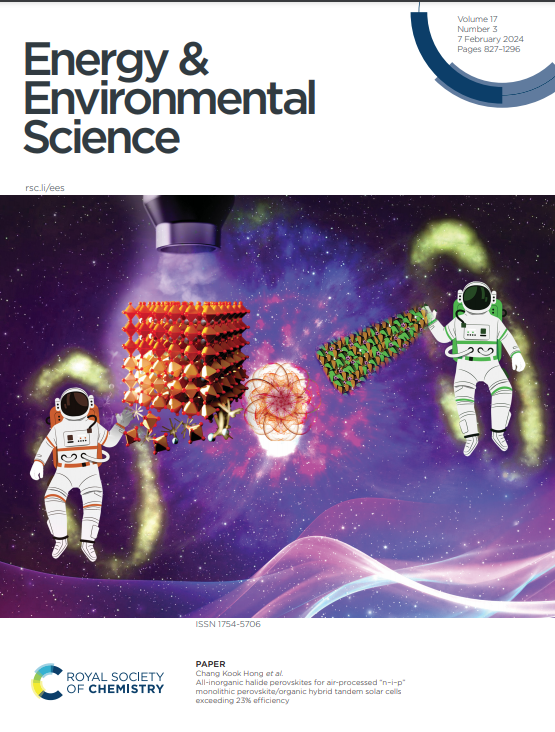Enhancing Green Mobility through Vehicle-to-Grid: Potential, Technological Barriers, and Policy Implications
IF 32.4
1区 材料科学
Q1 CHEMISTRY, MULTIDISCIPLINARY
引用次数: 0
Abstract
Vehicle-to-Grid accelerates the transition to renewable, low-carbon power systems by integrating electric vehicles. This study analyzes the 2023 U.S. electric vehicle charging demand, variable renewable energy capacities, and charging infrastructure numbers in China, the U.S., and the EU. Moreover, an assessment of electric vehicle lifecycle carbon emissions using IEA data are conducted. Results indicate that V2G offers significant economic feasibility and environmental benefits by balancing grid supply and demand, absorbing renewable energy, conserving electricity, reducing CO₂ emissions, and supporting Sustainable Development Goals. Key underlying technologies are investigated to guide future V2G advancements. An orderly regulation framework for the EV-Grid-Aggregator system is provided, specifying market incentives and charging management measures to promote EV participation in V2G. Additionally, charging infrastructure planning strategies that integrate power and transportation networks are developed to facilitate decarbonization. By analyzing global policy contexts and market incentives, effective policies for advancing V2G implementation are emphasized. Finally, future development directions are proposed based on existing research, offering a roadmap for sustainable V2G development.求助全文
约1分钟内获得全文
求助全文
来源期刊

Energy & Environmental Science
化学-工程:化工
CiteScore
50.50
自引率
2.20%
发文量
349
审稿时长
2.2 months
期刊介绍:
Energy & Environmental Science, a peer-reviewed scientific journal, publishes original research and review articles covering interdisciplinary topics in the (bio)chemical and (bio)physical sciences, as well as chemical engineering disciplines. Published monthly by the Royal Society of Chemistry (RSC), a not-for-profit publisher, Energy & Environmental Science is recognized as a leading journal. It boasts an impressive impact factor of 8.500 as of 2009, ranking 8th among 140 journals in the category "Chemistry, Multidisciplinary," second among 71 journals in "Energy & Fuels," second among 128 journals in "Engineering, Chemical," and first among 181 scientific journals in "Environmental Sciences."
Energy & Environmental Science publishes various types of articles, including Research Papers (original scientific work), Review Articles, Perspectives, and Minireviews (feature review-type articles of broad interest), Communications (original scientific work of an urgent nature), Opinions (personal, often speculative viewpoints or hypotheses on current topics), and Analysis Articles (in-depth examination of energy-related issues).
 求助内容:
求助内容: 应助结果提醒方式:
应助结果提醒方式:


